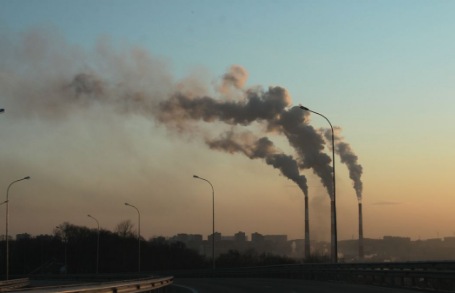When President Joe Biden convenes 40 Climate Leaders Summit on April 22 and 23, he will bring together some 85% of carbon-emitting nations.
To buy our online courses: Click Here
There is immense pressure on countries to go big in their climate ambitions. The problem is that we are using similar framings across countries. Instead, we need universal but different action. Asking all countries to bring emissions to zero in, say, 30 years, is both too liberal for high-emitters and too constraining for low-emitters.
On average, the world has, at most, only a few years before it has to start a dramatic move towards zero-emissions. But this average figure is misleading. If we split countries around the average 2019 fossil CO2 emissions — 4.43 tonnes CO2 per capita — the high-emitters, with less than 42% of the global population, emitted 78% of global emissions.
The problem is that we mix up the poor with low-emitters. China likes to count itself as a developing country when it comes to carbon, but it emits 50% more than the world average per capita. South Africa’s emissions are even higher. India is below half the world average. Emissions from the poorest of the poor are a rounding error in global emissions. And that is why if the world needs to reach zero-emission level, everyone need not reach zero in similar timeframes.
The counterargument is that developing regions are where the emissions growth will come from. Canadian politician Peter Mackay stated, “What about China and India? They are far worse than us. Why should we do anything when China and India’s greenhouse gas emissions are growing?” Such statements are common, but conveniently ignore not just per capita emissions but also historical emissions. Growth in emissions from low-emission countries has been less than the failure to reduce emissions by high-emission countries.
First, the focus on decarbonization risks distracting us from the real need for very low-emission countries — access to electricity. If we give a billion people who lack electricity or quality supply entirely coal-based electricity, and they consume 35 kilowatt-hours/month per home, enough for a fridge, fan, and TV, they would only emit about 0.25% of global CO2 emissions today. Restrictions based on the incoming fuel amount to putting the cart before the horse. The good news for electricity is that it’s easy to decarbonize, especially because of falling renewable energy prices.
The challenge is large enough that developing regions also have to be ambitious. “Not my fault” shouldn’t become “not my problem” — in part because the impact of the climate crisis on them will be disproportionately higher. They should also introspect whether their carbon space should be used up by their elites.
But it would be impractical and unrealistic to expect them to dramatically shift their emissions trajectories downwards without immense global support, both for finance and technology. Much of what passes as climate finance (such as debt-funding for solar projects) fails to pass the test of additionality, and thus shouldn’t count towards the $100 billion of support to developed regions by 2022 pledged at COP15 in Copenhagen. We need collective action, but let’s not make developing countries a distraction, perhaps a convenient distraction, in the fight against the climate crisis.





